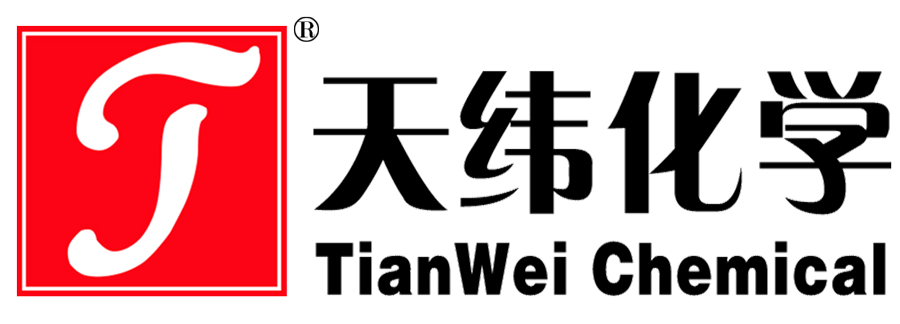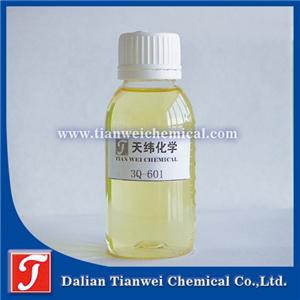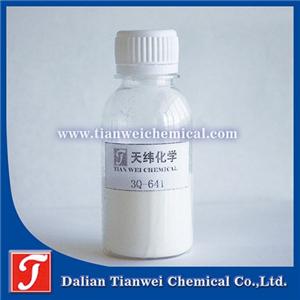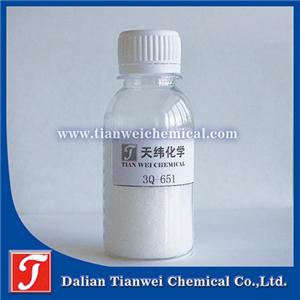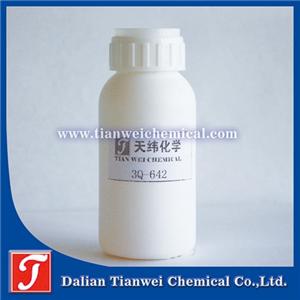The function of adding antibacterial agents to water purification equipment
The core function of adding antibacterial agents in water purification equipment lies in inhibiting the growth of microorganisms, ensuring water quality safety, extending the service life of the equipment, and enhancing user experience. This can be elaborated in detail from the following four aspects:
1. Inhibit the growth of microorganisms to ensure water quality safety
Block the formation of biofilms
The filter cores, water tanks, water pipes and other components in water purification equipment are in long-term contact with water and are prone to become breeding grounds for bacteria, algae and other microorganisms. After microorganisms attach to the surface to form a biofilm, it will reduce the filtration efficiency and even release toxins to pollute the water quality.
Function: Antibacterial agents inhibit the formation of biofilms by destroying the cell membranes of microorganisms or interfering with their metabolic processes. For instance, the silver ions in silver-loaded antibacterial agents can bind to bacterial proteins, inactivating them and thus preventing the accumulation of biofilms on the surface of the filter element.
Reduce the risk of secondary pollution
Even if the filter element can intercept microorganisms, if there is residual water or dead corners inside the equipment, microorganisms may still multiply and enter the drinking water through the outlet.
Function: The antibacterial agent can cover the inner walls of equipment, water pipes and other surfaces in contact with water, forming a continuous antibacterial layer. For instance, antibacterial water tanks use sustained-release antibacterial agents to ensure that microorganisms do not multiply in large quantities during the water storage process, thus avoiding secondary water pollution.
Second, extend the service life of equipment and reduce maintenance costs
Prevent filter element clogging and performance degradation
The growth of microorganisms can cause the pores of the filter element to clog, shortening its service life. For instance, if an activated carbon filter core is covered with a biofilm, its adsorption capacity will drop significantly.
Function: Antibacterial agents can reduce the adhesion of microorganisms on the surface of the filter element and slow down the clogging rate. For instance, the antibacterial rate of silver-loaded activated carbon filter elements can reach over 99%, and their service life is 30% to 50% longer than that of ordinary filter elements.
Reduce equipment corrosion and damage
The acidic substances produced by microbial metabolism may corrode metal parts (such as water pipes and joints), causing water leakage or equipment failure.
Function: Antibacterial agents can inhibit the reproduction of microorganisms, reduce the generation of acidic substances, and protect the structure of equipment. For instance, the inner wall coating of antibacterial water pipes can reduce rust and microbial corrosion, thereby extending their service life.
Iii. Enhance user experience and meet health needs
Improve the taste and smell of the effluent
The growth of microorganisms may cause water to develop off-flavors (such as musty or fishy smells) or become cloudy, affecting the drinking experience.
Function: Antibacterial agents can inhibit the generation of microbial metabolic products, keeping the water clear and odorless. For instance, the total number of colonies in water treated by an antibacterial filter core can be reduced to less than 1 CFU/mL, resulting in a purer taste.
Meet the health needs of special groups
Question: People with weakened immune systems (such as children, the elderly, and patients) have higher requirements for water quality. Ordinary water purification equipment may not be able to completely eliminate the risk of microorganisms.
Function: Antibacterial water purification equipment can provide safer water quality and reduce the risk of infection. For instance, antibacterial water purification equipment used in hospitals, kindergartens and other places can effectively reduce the occurrence of water-borne diseases.
Fourth, comply with regulations and standards to enhance market competitiveness
Comply with drinking water safety regulations
Question: Various countries have strict restrictions on microbial indicators for drinking water (for instance, China's "Hygienic Standard for Drinking Water" stipulates that the total number of colonies should be ≤100 CFU/mL).
Function: Adding antibacterial agents can help water purification equipment easily meet standards and avoid being recalled or punished due to substandard water quality. For instance, the EU CE certification requires that the total number of colonies in the effluent of water purification equipment be less than 1 CFU/100mL, and antibacterial technology is the key.
Enhance the differentiated advantages of products
The competition in the water purification market is fierce, and homogeneous products find it hard to stand out.
Function: The antibacterial function can be used as a core selling point to attract health-conscious consumers. For instance, water purification devices that claim a "99.9% antibacterial rate" can increase their market price by 20% to 30%.
